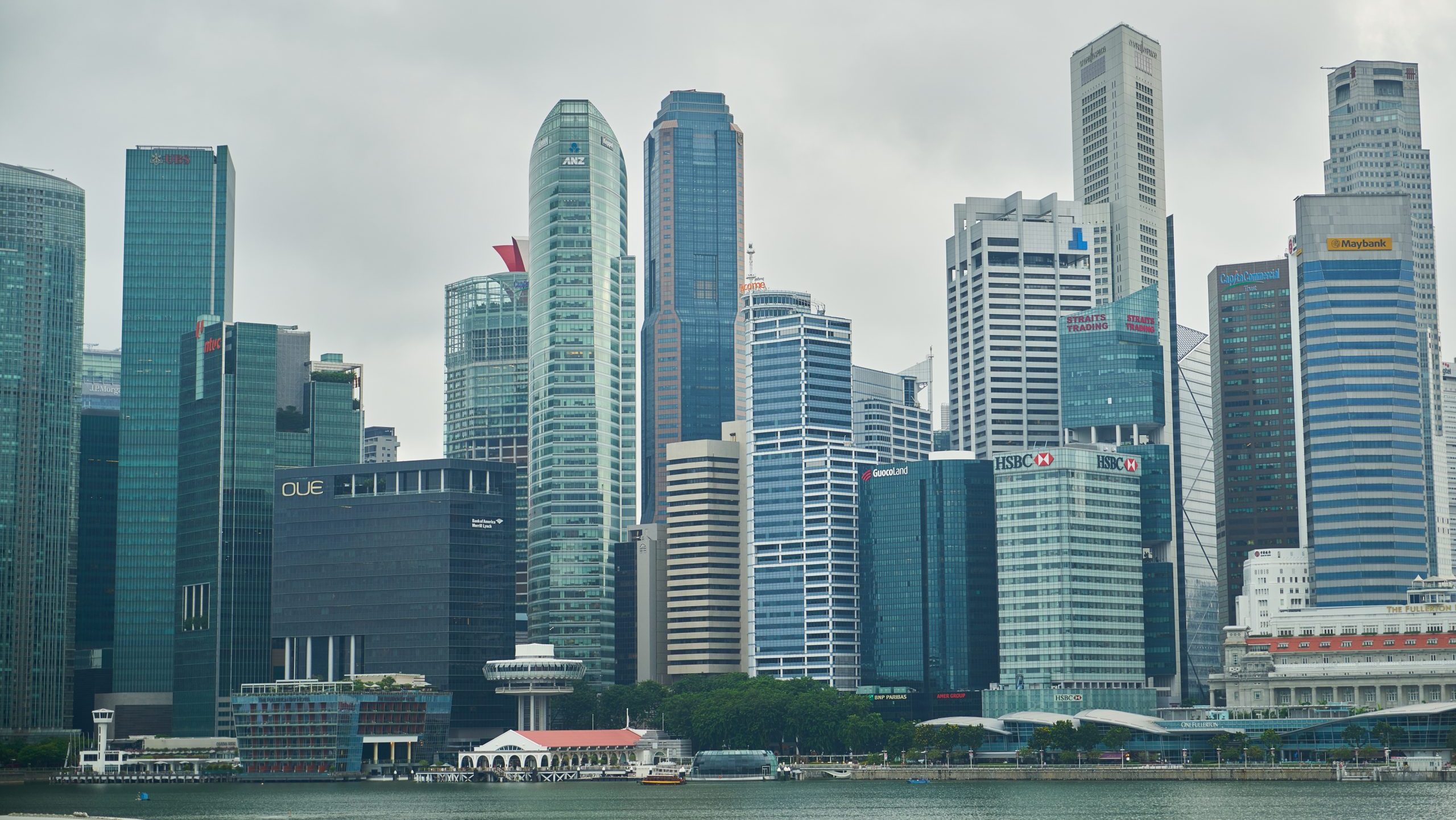SINGAPORE: The Ministry of Trade and Industry (MTI) has announced that Singapore’s gross domestic product (GDP) growth forecast for 2024 will remain at 1% to 3%.
Analysts say that this decision reflects the performance of Singapore’s economy in the first quarter of the year, alongside the latest global and domestic economic developments.
In the first quarter of 2024, Singapore’s economy saw a year-on-year growth of 2.7%, continuing the 2.2% expansion from the previous quarter. This growth was largely driven by robust performances in the finance and insurance, transportation and storage, and wholesale trade sectors.
Since the MTI’s Economic Survey of Singapore in February, the global economic environment has shown resilience.
Notably, the global economic landscape saw encouraging growth, particularly in powerhouse economies like the US and China, surpassing earlier predictions, propelled by robust domestic and external demand, respectively.
To top this off, regional economies like South Korea and Taiwan benefitted from the global recovery in electronics, especially with high demand for artificial intelligence (AI)-related chips.
Global outlook
The global GDP growth in major economies is anticipated to slow down in the near term due to tight financial conditions. However, recovery is expected later in the year as policy rate cuts are implemented.
In the US, there’s been a slight improvement in growth prospects, thanks to a strong job market and increased investments in artificial intelligence. However, despite the robust economic performance in the first quarter, the Federal Reserve might delay rate cuts due to persistent inflation.
While high interest rates may temporarily affect the US economy, it’s anticipated that easing monetary policies later in the year will stimulate growth.
In Asia, China’s GDP growth is forecasted to surpass earlier expectations, largely due to additional government support measures. These measures include significant investments in strategic manufacturing sectors and infrastructure. Recent efforts to stabilise the property market are also expected to contribute to a modest consumption recovery in the latter part of the year.
In Southeast Asia, GDP growth is expected to be sustained by strong domestic demand, ongoing recovery in tourism, and increased external demand. However, there are risks looming in the global economic landscape.
Geopolitical tensions, particularly in the Middle East or the war in Ukraine, could disrupt global supply chains and commodity markets, negatively impacting global trade and growth.
Also, disruptions in the disinflation process could lead to prolonged tight financial conditions, exposing vulnerabilities in banking and financial systems. Emerging markets might also experience heightened volatility in capital flows and currency values due to differences in monetary policies compared to advanced economies.
Sectoral performance and projections
Singapore’s manufacturing and trade sectors are expected to gradually improve throughout the year. Specifically, the electronics cluster within manufacturing is forecasted to bounce back, driven by the growing demand for semiconductors used in smartphones, PCs, and AI technologies.
This recovery is anticipated to positively impact other related sectors like precision engineering and machinery, as well as the wholesale trade segment dealing with equipment and supplies. Moreover, the chemicals cluster within manufacturing is projected to expand, supported by capacity expansions in sustainable aviation fuel production.
Despite these positive projections, the manufacturing sector contracted by 1.8% year-on-year in the first quarter, a reversal from the 1.4% growth seen in the previous quarter. This decline was mainly attributed to reduced output in biomedical manufacturing, electronics, and general manufacturing clusters.
In contrast, the aviation and tourism-related sectors are expected to continue thriving due to the strong rebound in air travel and tourism demand. Sectors such as accommodation, air transport, aerospace, retail trade, and food and beverage services are primed for growth.
In the first quarter, the accommodation sector expanded by 14.4% year-on-year, driven by a substantial rise in international visitor arrivals, supported by mutual visa-free arrangements with China and a robust schedule of international events.
The finance and insurance sector is also set to benefit from increased tourist spending and the projected peak of global policy interest rates. This will particularly support banking and fund management segments through higher commissions and fees.
The sector witnessed a 6.5% year-on-year growth in the first quarter, marking a 5.4% growth from the preceding quarter, driven by a surge in transaction volumes across various asset classes. /TISG

